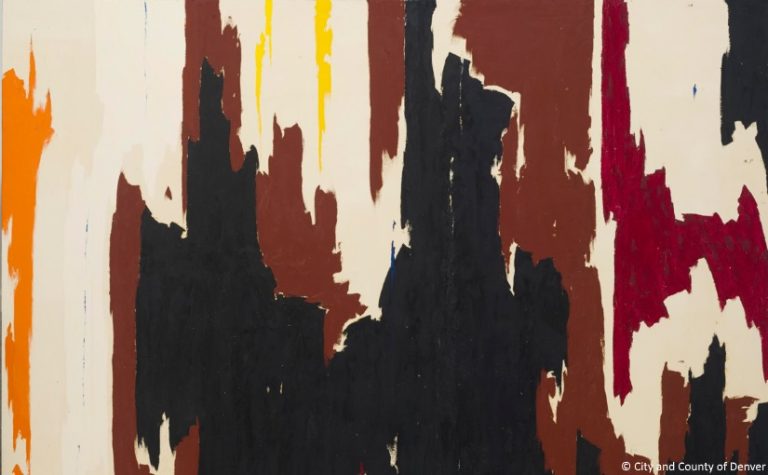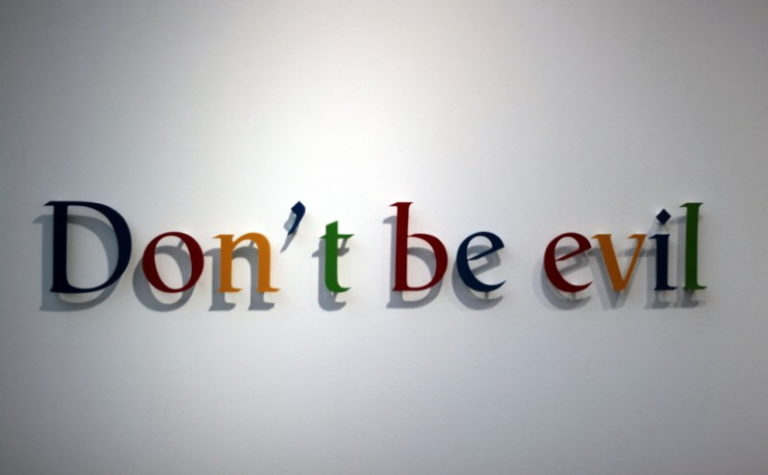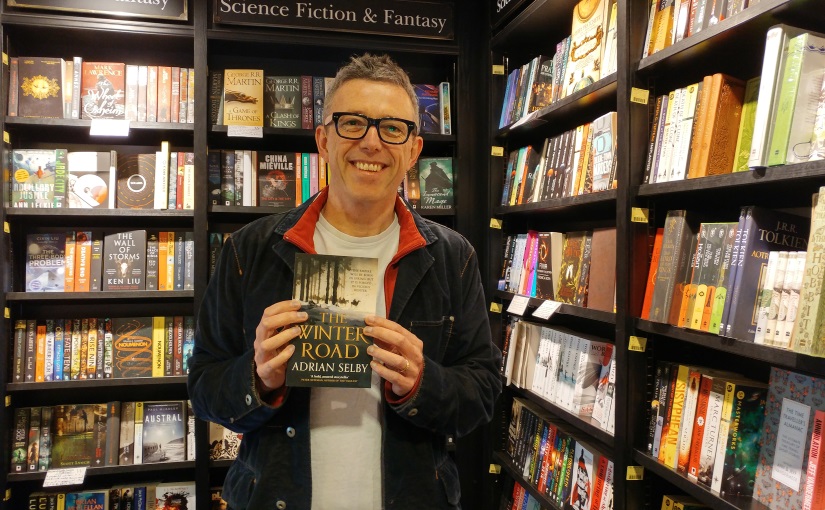Worldbuilding part 1 – how prevailing winds shape history’s winners and losers
How to create a convincing fantasy world.
That’s the question I’m sure all writers in the genre wrestle with at the outset. You can get lost in it. All such writers I’ve read on the forums I frequent vary in how deeply they imagine the setting for their story, prior to banging out the chapters.
Most fantasy is set in a faux-medieval context, as is my own first proper attempt, Snakewood. But once you’re in a position to build the world itself, how do you go about it? How do you tie it all together so it makes sense?
Thankfully I’d read a book, Pathfinders: A Global History of Exploration, that gave me both an elegant theory for why the course of human history has gone as it has, but in doing so also gave me a way of determining the economic and cultural topology for my own world.
Felipe Fernández-Armesto posits that the prevailing winds across the seasons, and in particular their predictability in the Indian Ocean versus their unpredictability in the larger oceans of the Atlantic and Pacific, facilitated a safer and therefore heavier cycle of trade and cultural spread from countries like China right across to Turkey via the Indian Ocean. Along with the Silk Road, knowledge transfer and wealth (primarily through the network of emporiums set up to distribute the goods east and west) bootstrapped the middle eastern nations to the heights they achieved culturally, spiritually and intellectually. While we here in the UK were still tending our flocks from our huts, they were exploring the great secrets of the universe.
However, as time passed and shipbuilding and navigational advances spread to Western Europe, the argument is that the need to innovate in these areas to counteract the less predictable, larger oceans (in order to directly access this rich trade) began a bootstrapping process of its own that ultimately led to bigger, faster and more powerful fleets. The rape of South America and the direct trade opportunities that these advances gave the European powers in the Middle-East, Far East and East Africa created a kind of double helix of upward and downward spirals for the West and Middle-East respectively in terms of their comparative power and technological state, that has never reversed.
So, that’s human history in a couple of paragraphs, the book itself a fascinating synthesis of history in support of this theory.
What was really useful to me was to draw out a map and see what it meant for the nations I’d defined on it. I would determine the predictable or safer sea journeys and extrapolate what that meant for the nations nearest and then the nations with limited or no access to those trade routes.
Without a decent copy of my map to hand to include here, (it’s a rough pencil thing that’s tattered from years of use) imagine our world but the northern Atlantic from the Med up is only about 100-150 miles wide separating two great landmasses, widening as you head south.
I was instantly able to work out that the lands either side of this would be more powerful at that stage of history, due to the greater ease of economic and cultural transference, empowered too by the general principle that technologies built from invention travel horizontally rather than vertically, i.e. crop farming improvements would travel across Europe (same temperate zone more or less) more readily than they would south or north due to the great difference in temperature either way. Equally of course those nations that were on the periphery of the great oceans would have spawned the greater sailors and shipbuilders and would be the nations that would ultimately become the power players, so the seeds for that can be set in subsequent books I might set in this world.
I found this incredibly powerful; it instantly helped inform me of the stable political powers, the likelihood of which neighbours would be allies and where the frontiers were with the less ordered societies or wilds. It gave me a framework within which to work that felt natural and robust and, while invisible to the reader, would hopefully feel somehow instinctively ok, rather than jarring in some hard to define way.
But that’s only part of the worldbuilding picture. The question beyond establishing how the world’s power bases are spread is complicated by deciding what impact the differences between that world and this one will have had on its socio-economic makeup. While I don’t have a formal ‘magic system’ as such, what it is that makes my world distinctive I soon realised would have profound and far-reaching consequences for the lives of everyone, great to small, in that world. Which I’ll cover in part 2.






